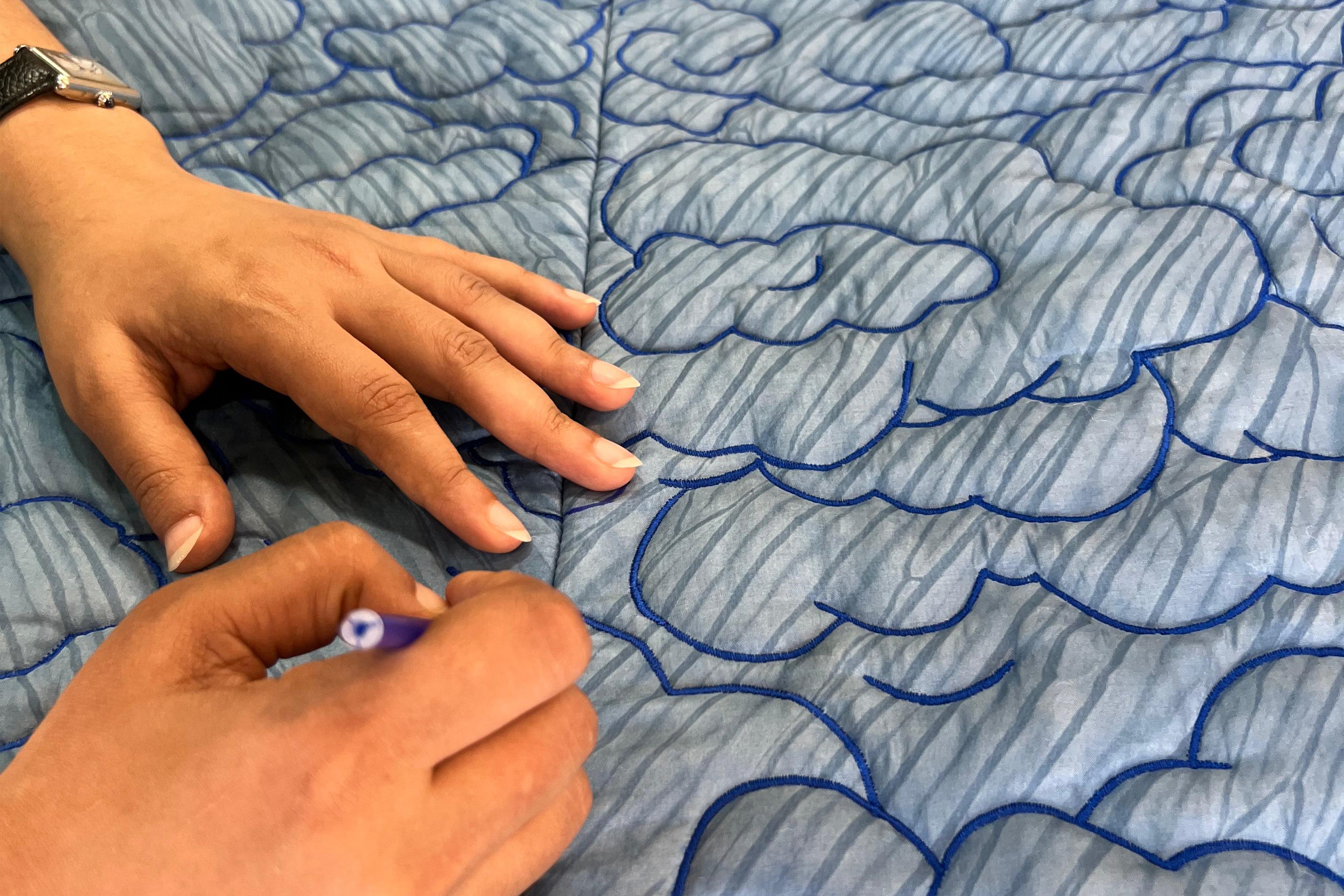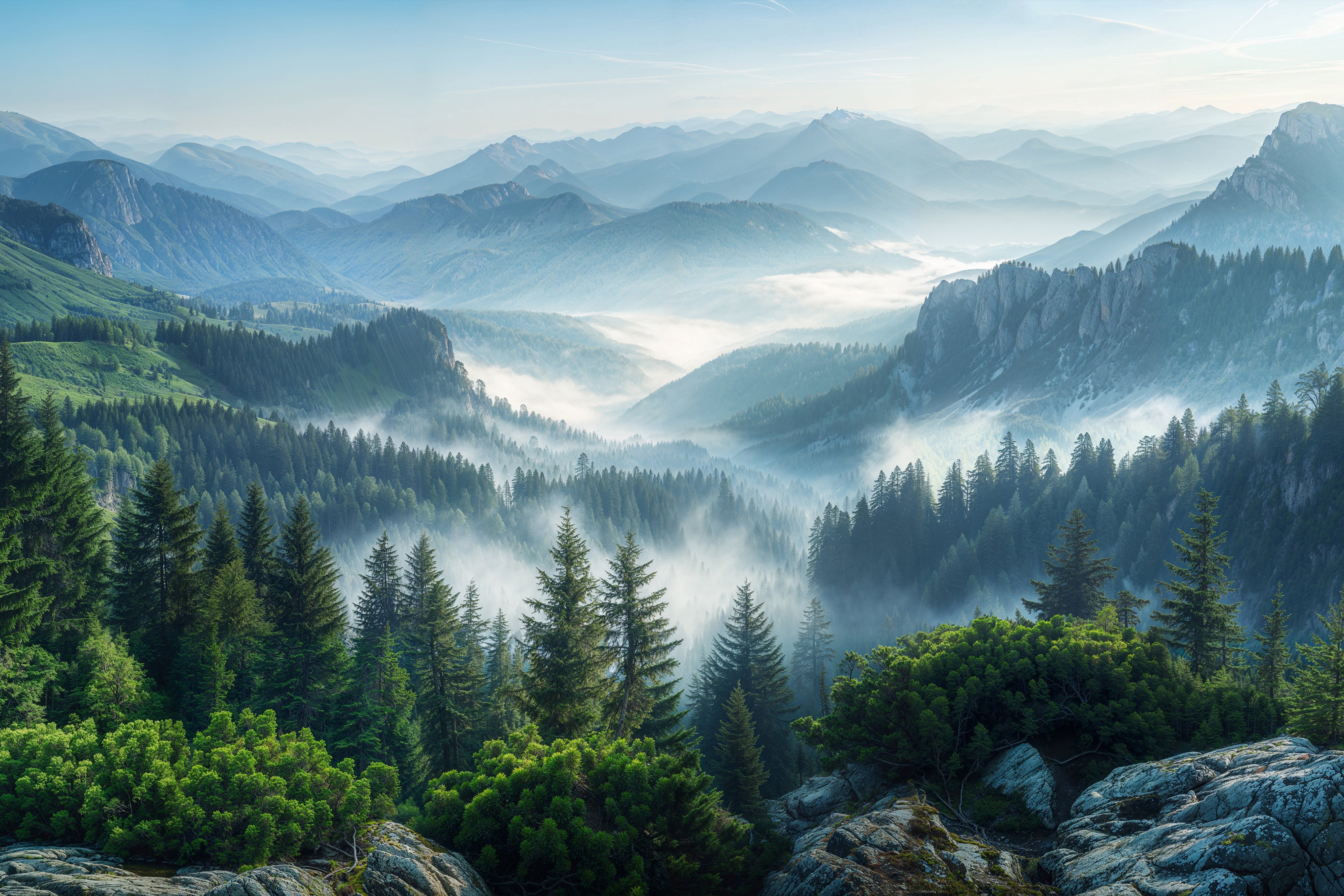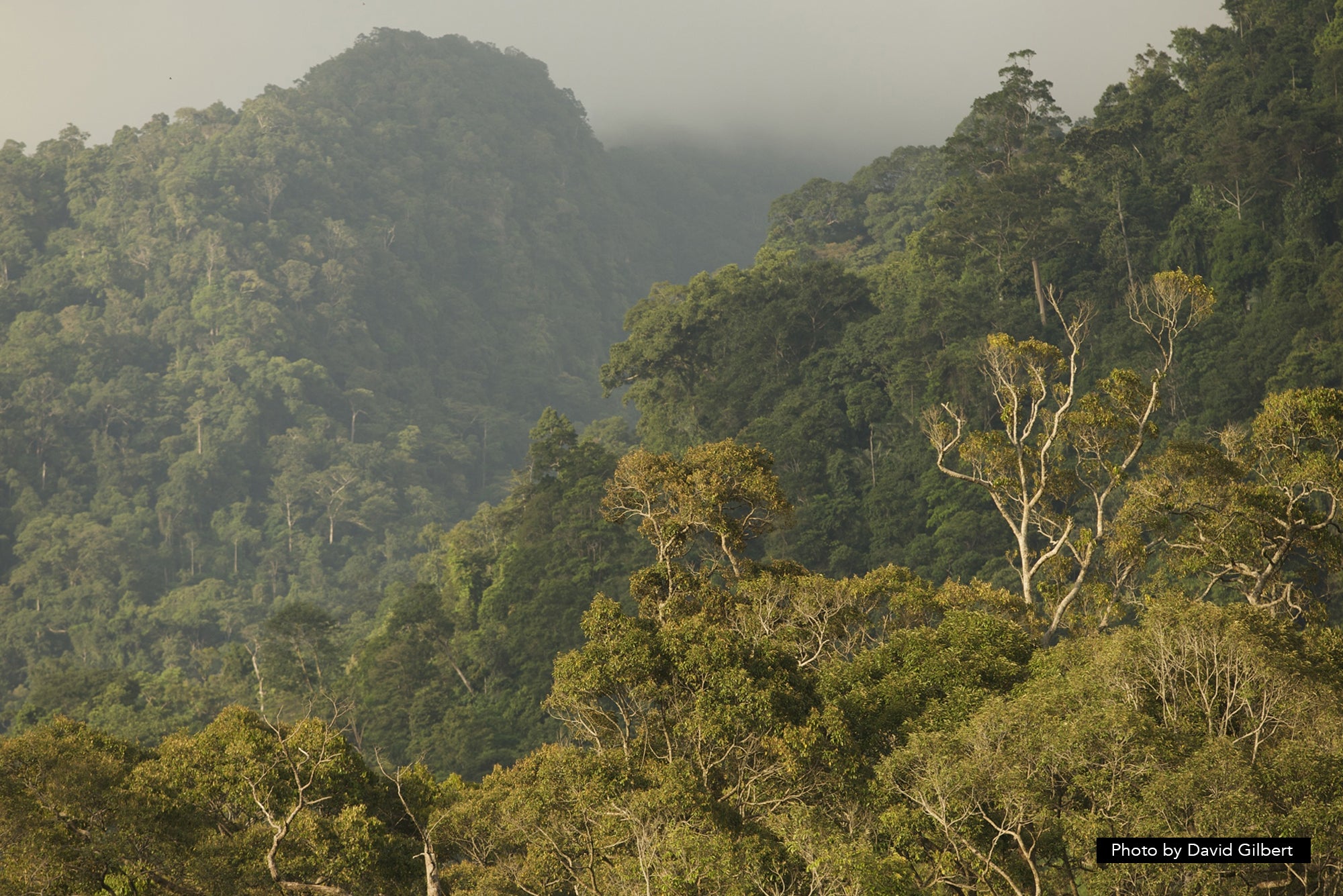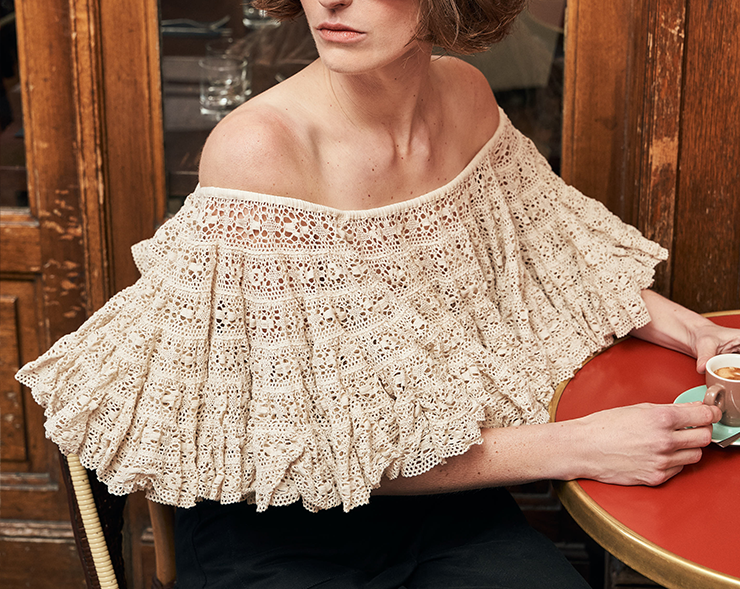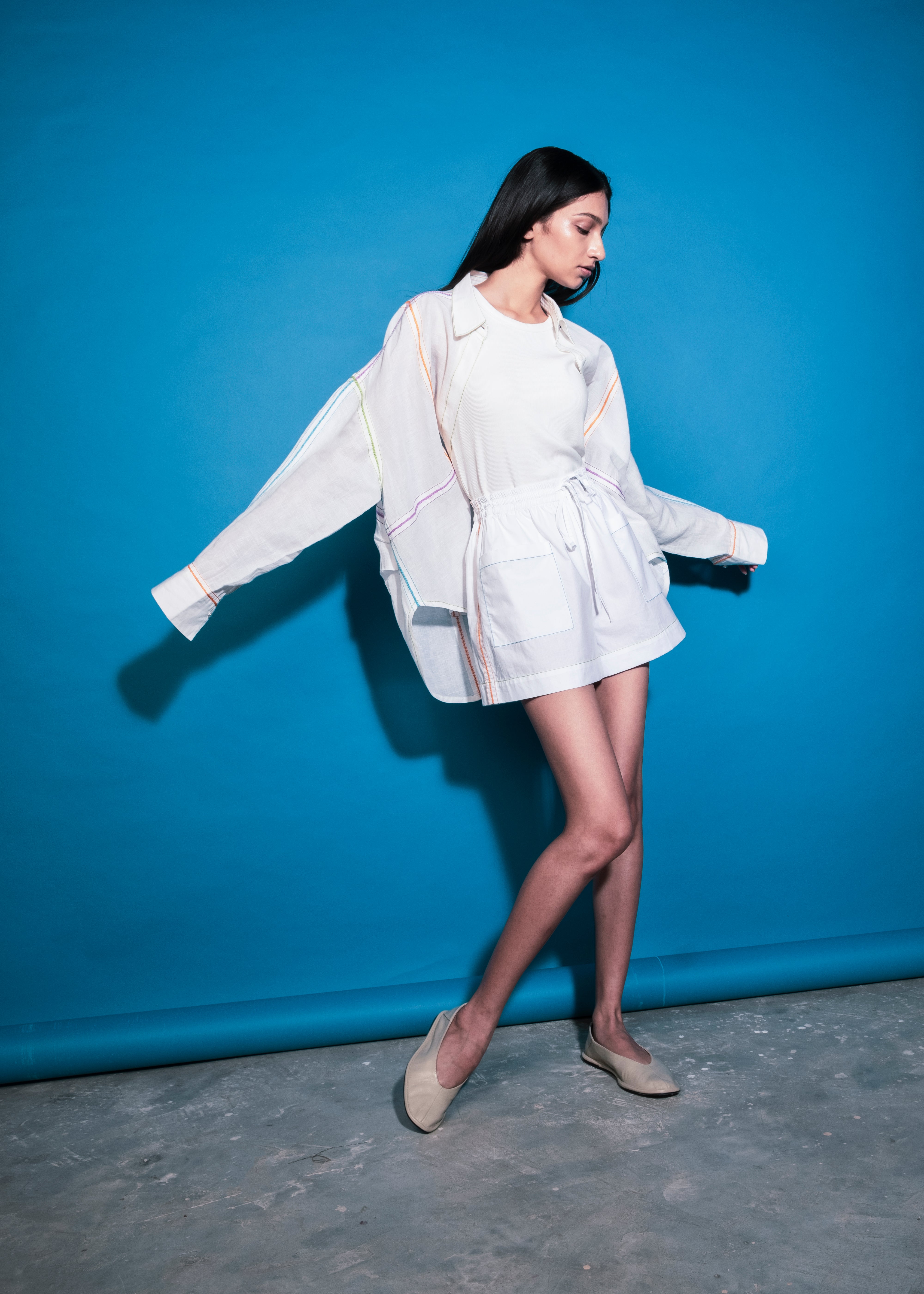
© Lucas Arruda
Courtesy the artist, David Zwirner and Mendes Wood DM
Photography by Anna Arca

© Lucas Arruda
Courtesy the artist, David Zwirner and Mendes Wood DM
Photography by Anna Arca
It’s an eerie experience: trek to the beyond hyper crowded Musée d’Orsay’s 5th floor, go through the packed cafeteria and people sitting on the floor everywhere and suddenly find yourself looking at Monet’s Rouen cathedral at different times of the day conversing with Brazilian artist Lucas Arruda’s paintings. Your eyes cannot stop moving from one to the other, captivated by the brotherhood between these two artists.
Just like Monet was interested in light more than on the subject, Arruda, one of the major contemporary artists of the Brazilian art scene, is interested in light, hence the title of his exhibition, the first by a Brazilian artist at the Musée d’Orsay: “Qu’importe le Paysage”, which means “No matter the landscape”. In Arruda’s work, landscape is almost accidental. For the past 15 years, the artist, born in 1983, has been producing a body of work composed of small format paintings he calls Deserto-Modello (Models of Desert). The paintings are sort of “inner visions”, not representations of actual landscapes. These landscapes are reconstructions close to abstractions. “Light is at the center of my work,” says Arruda. “It is movement. It is light that guides my painting, which creates intensity and finishes by creating spaces that are neither abstract nor figurative.” The experience is akin to closing one’s eyes and creating a landscape in one’s mind - a summer night sky, an evening light where nothing remains of the landscape but the light itself, a forest as seen in a dream. Lucas Arruda’s paintings are an invitation to daydreaming. It’s a mandala that allows your imagination to travel in time and space as you are standing in front of them. His works abolish time. When looking at his paintings, we enter a different sort of “dream time,” as Australian Aborigines would say.

© Lucas Arruda
Courtesy the artist, David Zwirner and Mendes Wood DM
Photography by Anna Arca
In the brotherhood of landscape painters, one could be tempted to group Arruda with 19th Century painters in the Musée d’Orsay, artists like Camille Corot, Gustave Courbet or Cézanne. But his obsession with light and with repetition brings him closer to Claude Monet. He could also be associated with James Turrell, if the American had been working in the 1900s. Talking about the landscapes of the 19th Century masters, Lucas Arruda said “It is these landscapes that shaped me, that taught me how light could be a subject in itself, how a brushstroke could contain movement and time. There is something profoundly beautiful in this meeting: my imaginary landscapes set alongside those painted by the impressionists, based on their direct observations. (...) And even though our existences are anchored in the present moment, our minds cross other eras and images. I suppose that painting does not obey the linear passage of time.” And the contemplation of Lucas Arruda’s miniature paintings open vast spaces in our minds.
~Jean-Sébastien Stehli

© Lucas Arruda
Courtesy the artist, David Zwirner and Mendes Wood DM
Photography by Anna Arca
Lucas Arruda. Qu’Importe le Paysage. Musée d’Orsay, Salles 32,33,34. Until July 20, 2025. musee-orsay.fr

